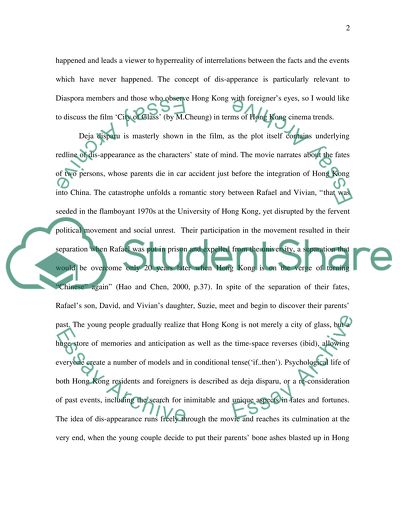Cite this document
(“Hong Kong Cinema Essay Example | Topics and Well Written Essays - 2250 words”, n.d.)
Retrieved from https://studentshare.org/miscellaneous/1514865-hong-kong-cinema
Retrieved from https://studentshare.org/miscellaneous/1514865-hong-kong-cinema
(Hong Kong Cinema Essay Example | Topics and Well Written Essays - 2250 Words)
https://studentshare.org/miscellaneous/1514865-hong-kong-cinema.
https://studentshare.org/miscellaneous/1514865-hong-kong-cinema.
“Hong Kong Cinema Essay Example | Topics and Well Written Essays - 2250 Words”, n.d. https://studentshare.org/miscellaneous/1514865-hong-kong-cinema.


